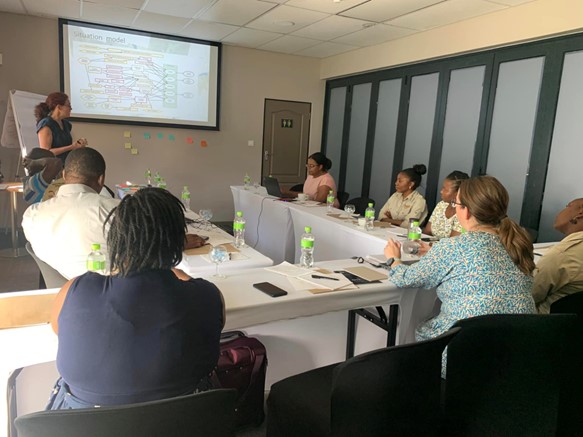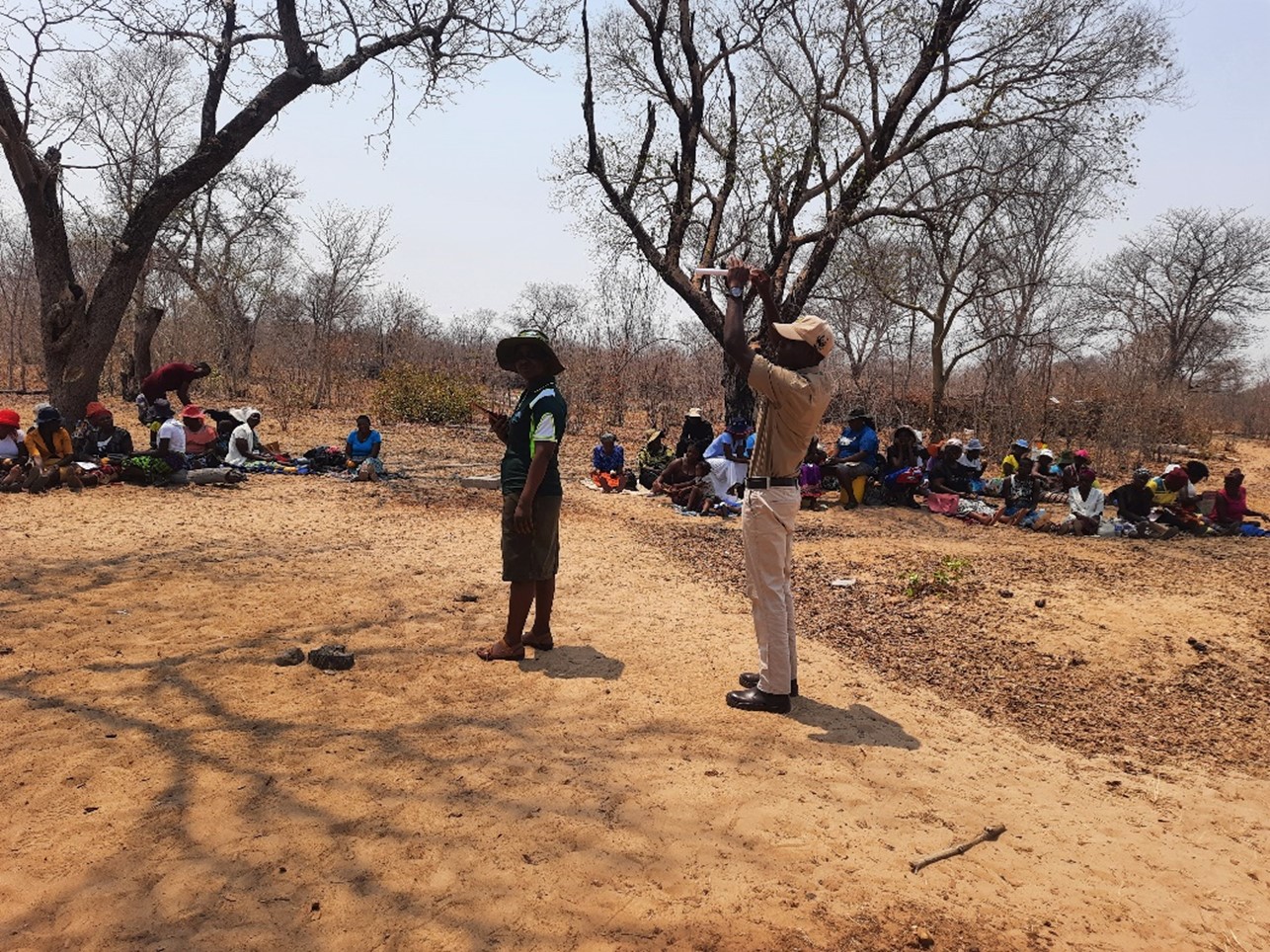



The achieved results relied heavily on the collaboration and cooperation partnerships among various stakeholders, including government agencies, conservation organizations, scientists, and local communities. Collaboration with the Ministries/Government departments was key in sensitizing the communities on issues around human-wildlife conflict and suggested environmentally friendly ways to mitigate the conflict. The scientists were there to collect information related to wildlife poisoning and give feedback to the government ministries. The communities were the key stakeholder since they are the sole custodians of the environment.
The implementers connected with local communities was that we were already working with communities on some other projects, so this enabled our relations to be strengthened. By involving communities in decision-making, they were able to identify some stakeholders with whom we collaborated to share skills, knowledge, and experiences resulting in the project's success. The transboundary collaboration enabled the implementers to focus on tackling vulture poisoning across three countries separately but fighting for the same cause.
Partnering with other organizations trying to achieve the same goal makes the implementation of project results much easier and quicker without a scenario of duplicating the work on the ground. Ideas and possible solutions to a problem can be freely shared resulting in problems being addressed holistically.